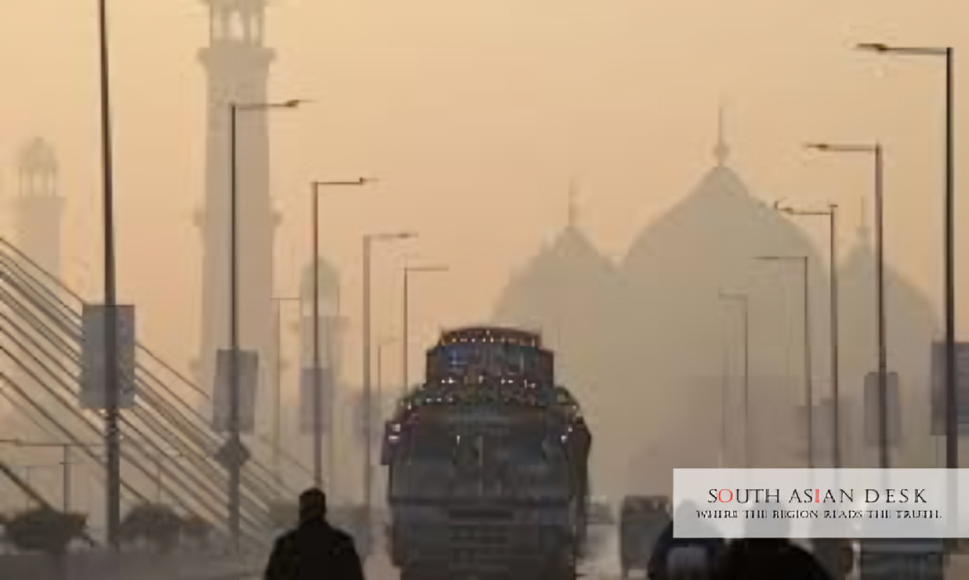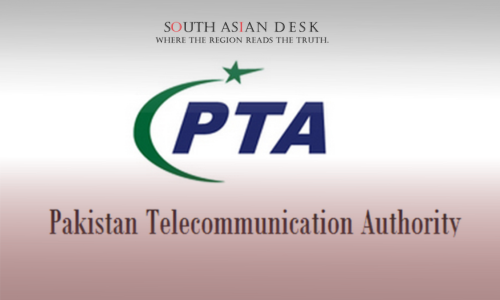Lahore ranked second worst air quality 2025 globally on Sunday, October 19, with an AQI of 189 classified as very unhealthy, according to IQAir data. The city trailed only Delhi at 212, amid rising concerns over the Lahore smog crisis causes including crop burning and industrial emissions. The story underscores a pressing environmental issue in South Asia. Lahore’s air pollution mirrors challenges in neighbouring India, where cross-border smog affects over 200 million people. Poor air quality contributes to respiratory diseases and economic losses estimated at PKR 365 billion annually in Pakistan.
Lahore AQI Ranking Today
On Monday, October 20, 2025, Lahore AQI ranking today shows continued deterioration. IQAir reported an AQI of 199 at 8:00 PM local time on October 19, with forecasts indicating levels around 183 for the day. However, other monitors like AQI.in recorded 227 early on October 20, placing it in the severe category. This follows Lahore’s position as second worst air quality 2025 the previous day.
Pollutant levels remain high. PM2.5 concentrations reached 124 microgrammes per cubic metre on October 19, exceeding World Health Organisation guidelines by 24.8 times. PM2.5 particles penetrate the lungs and bloodstream, posing risks to vulnerable groups such as children and the elderly.
Global comparisons highlight the severity. Delhi led with higher readings, but Lahore has occasionally topped lists in past weeks. On October 14, IQAir ranked Lahore among the top 10 most polluted cities worldwide, with AQI above 200. Residents reported visibility issues and health complaints, echoing last year’s peak of 394.
Lahore Smog Crisis Causes
The Lahore smog crisis causes stem from multiple sources. Crop residue burning in Punjab’s rural areas releases smoke that blankets urban centres during winter months from October to February. Industrial emissions from factories without proper controls add to the mix. Vehicular exhaust from over 5 million vehicles in Lahore contributes significantly, as does construction dust.
Official data points to transboundary pollution. Punjab government statements note winds from India carrying pollutants, pushing AQI to 250 in recent days. A post from the Government of Punjab’s official X account on October 15 stated: “بھارت سےچلنے والی آلودہ ہواؤں سے لاہور کا 250 AQI تک پہنچ گیا۔۔۔” This aligns with satellite analyses showing elevated carbon monoxide and nitrogen dioxide from transport sectors.
The Environment Protection Department Punjab identifies additional factors in its reports. Burning of waste and outdated brick kilns exacerbate the problem. A 2017 Smog Commission Report detailed how seasonal weather traps pollutants, creating dense fog mixed with smoke. Without intervention, these causes perpetuate the cycle.
Health impacts are evident. Hospitals report increased cases of coughing, eye irritation and breathing difficulties. Last year, the smog crisis led to school closures and flight disruptions.
Government Response to Pollution
Punjab authorities have ramped up efforts. Senior Minister Marriyum Aurangzeb announced the deployment of smog guns in Lahore. She said: “Through this modern machine, tiny droplets of water are sprayed into the air to combat smog. The water mist helps clean pollution and dust particles present in the atmosphere. This modern machinery is also being used in countries like China, India and others to reduce smog.”
The government launched the Roadmap for Smog Mitigation in Lahore 2024-2025. Key actions include squads targeting smoke-emitting vehicles, with ongoing operations reported on X: “سموگ و ماحولیاتی آلودگی کا باعث بننے والی گاڑیوں کے خلاف سکواڈز کی کارروائیاں جاری۔۔۔!” A Green Punjab app allows citizens to report violations like waste burning or faulty kilns.
Further measures encompass early warning systems. On September 30, the government released data from a new monitoring setup, marking the first preemptive smog alerts in Punjab history. Electric taxis and trackless transit systems aim to cut emissions long-term.
Despite these, gaps persist. Real-time PM2.5 data from government sources remains limited, relying on non-official sensors.
Regional Implications
In South Asia, Lahore’s plight reflects a shared crisis. Neighbouring Delhi faces similar Lahore smog crisis causes, with joint efforts discussed at diplomatic levels. Pakistan’s economic hub suffers productivity dips, with studies estimating 1.2 million premature deaths annually from air pollution region-wide.
Experts call for stricter enforcement. The Punjab Smog-Free Internship programme engages youth in monitoring, fostering awareness.
What’s Next
Authorities plan intensified patrols and potential lockdowns if AQI exceeds 300. The mitigation roadmap sets targets for reduced emissions by February 2026.
As Lahore second worst air quality 2025 persists, sustained action is crucial to safeguard public health.
Published in SouthAsianDesk, October 20th, 2025
Follow SouthAsianDesk on X, Instagram, and Facebook for insights on business and current affairs from across South Asia.






